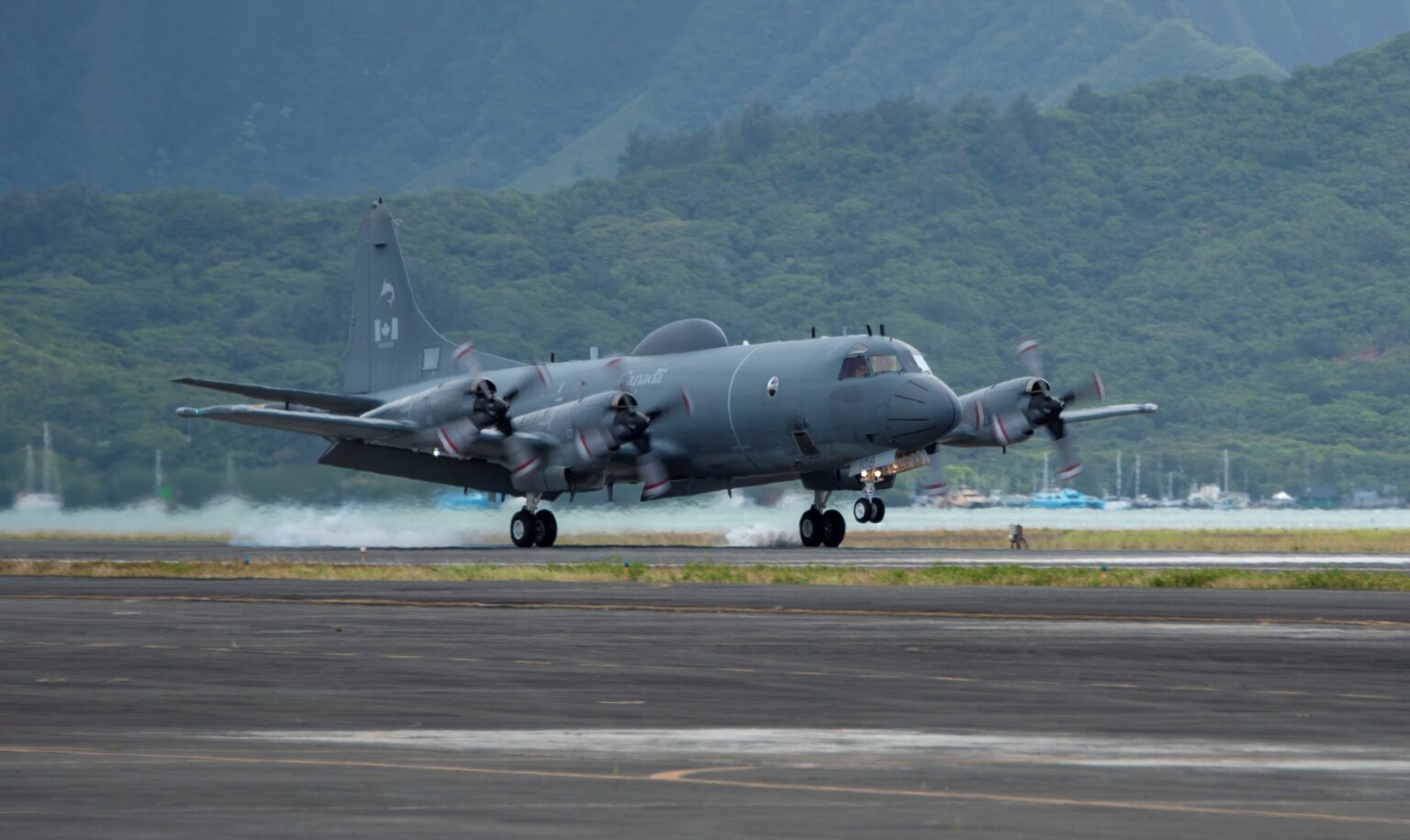Canada—a key United States ally in the Arctic and NATO—is actively monitoring vessels and has been tracking five Chinese research ships operating around Alaska since last week.
China’s Foreign Ministry did not immediately respond to a written request for comment.
Why It Matters
The presence of the Chinese research fleet comes as China—which has long described itself as a “near-Arctic state” and an important stakeholder in the region’s affairs—expands its activities in the Arctic, including scientific research with potential military applications.
Canada is part of the North American Aerospace Defense Command (NORAD), which provides maritime warnings for North America. In July last year, a Canadian warship carried out an “Arctic awareness and sovereignty” mission to shadow a Chinese research vessel.
What To Know
In a written response to Newsweek on Monday, the Canadian Joint Operations Command said the Chinese vessels are not in Canada’s territorial waters, which extend up to 13.8 miles from the coastline, according to the United Nations Convention on the Law of the Sea.
According to the command, it has deployed a CP-140 patrol aircraft around Alaska to monitor vessels and approaches. The aircraft was previously tracked flying out of Anchorage as the Xue Long 2, a Chinese icebreaker capable of conducting research, reached the Arctic Ocean.
The long-range patrol aircraft—also known as Aurora—is capable of conducting maritime intelligence, surveillance, and reconnaissance; anti-submarine and anti-surface warfare; strike coordination; and search and rescue, according to the Royal Canadian Air Force.
“The top priority of the Canadian Armed Forces (CAF) is the defense of Canada and Canadians, and we will continue to conduct activities needed to detect, deter, and defend against potential threats in, over, and approaching Canada,” the command told Newsweek.
The U.S. Coast Guard said on Friday that its Arctic District works with international partners, the U.S. Northern Command, and the Alaskan Command to “constantly monitor” foreign ships operating near U.S. sovereign waters to ensure homeland security and defense.
While China dispatches research vessels to the Arctic, the Canadian Coast Guard’s annual Arctic summer operational season is underway, with seven of its icebreakers set to deploy between June and November to conduct a range of missions, including “Arctic security.”
One of the deployed Canadian icebreakers, CCGS Sir Wilfrid Laurier, has been conducting icebreaking and science support missions since July 17. According to a Newsweek map, it was tracked sailing eastward along the northern coast of Alaska and Canada as of August 6.
What People Are Saying
The Canadian Joint Operations Command told Newsweek on Monday: “Competitors are exploring Arctic waters and the seafloor, probing our infrastructure, and collecting intelligence using dual-purpose research vessels and surveillance platforms. The [Canadian Armed Forces] will continue to actively monitor vessels that continue to operate near Canadian territorial waters.”
The U.S. Coast Guard said in a press release on Friday: “The presence of these vessels is consistent with a three-year trend of increased activity from Chinese research vessels operating in the U.S. Arctic. Last year, three Chinese research vessels conducted research operations north of the Bering Strait.”
China’s Embassy in Washington, D.C., previously told Newsweek: “China has always conducted normal maritime activities in relevant waters in accordance with international law, including the United Nations Convention on the Law of the Sea. We hope the parties concerned will view this matter in a proper manner, without undue suspicion or groundless speculation.”
What Happens Next
It remains to be seen whether the Canadian military will deploy naval vessels alongside patrol aircraft to enhance surveillance of Chinese research vessels operating in the Arctic.
Read the full article here

